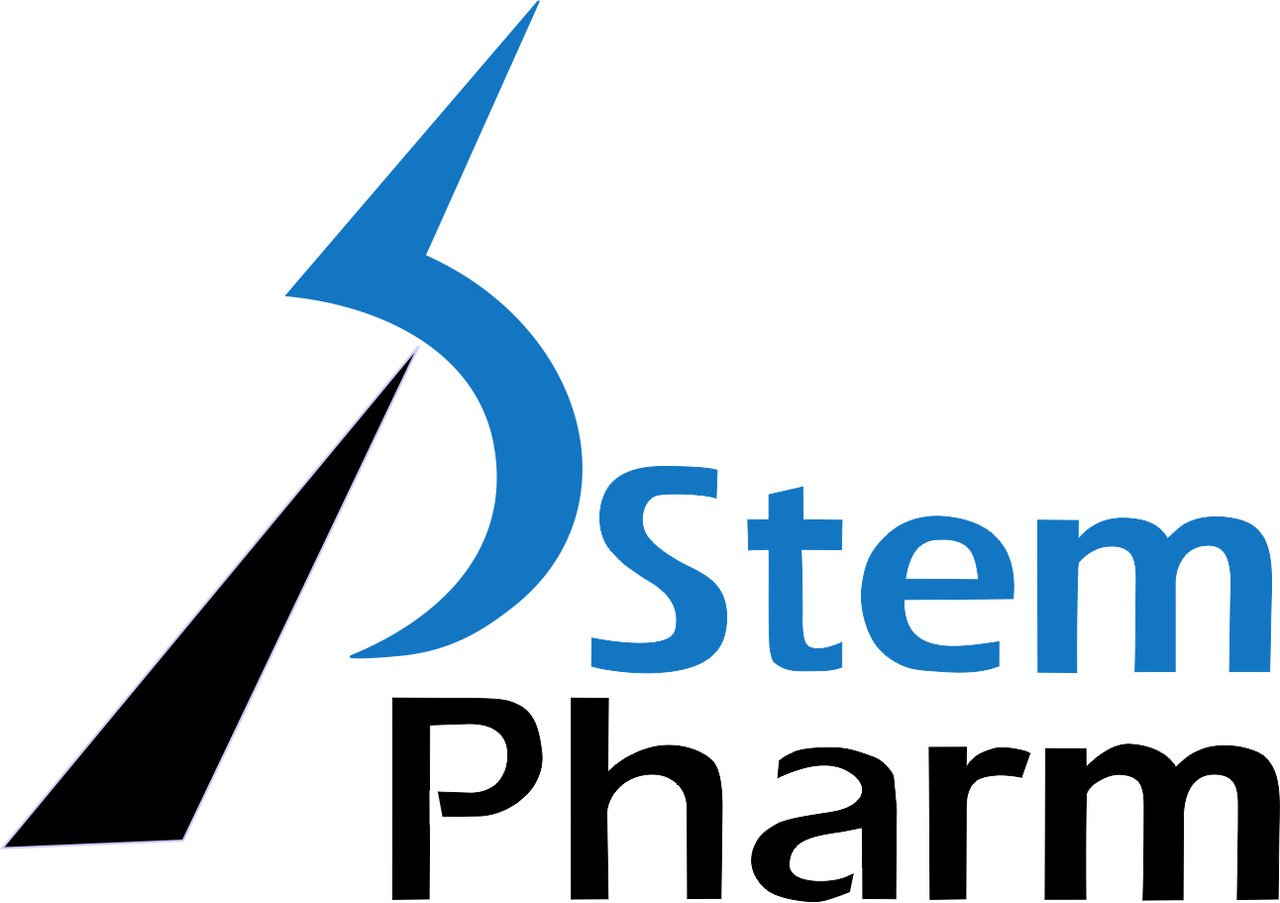Outstanding discoveries begin with Stem Pharm Human Neural Organoids
Stem Pharm’s human neural organoids are an advanced in vitro platform for neurological drug discovery. Cell-type diverse, the organoids are composed of neurons, astrocytes, vascular cells and feature microglia, the brain’s resident immune cells. These physiologically relevant organoids enable the study of neuroinflammation and can model features of human neurodegeneration not observed in rodent models, making them a superior platform for neuro-immune drug discovery research.
Optimized for Drug Discovery
Organoid Features:
Derived from human iPSCs
Unique morphology confers biolologic and assay advantages
Scalable 96-well plate format
Viable long-term without necrosis
Compatible with advanced readouts for pathway analysis, target identification and phenotypic drug screening
Versatile – can introduce other cells and biologics for disease modeling and screening
Applications:
Neuroinflammation
Neurodegenerative diseases
Brain trauma
Brain cancers
Epilepsy
Stroke
Genetic CNS diseases
Neurodevelopment
Neurotoxicity
Ask us about our case studies - Neuroinflammation, Alzheimer’s Disease, Glioblastoma, Developmental Neurotoxicity
Validated and Reproducible Biology
Diverse, highly reproducible cellular microenvironment extensively characterized by bulk and single cell transcriptomics
Incorporated organoid microglia resemble human in vivo microglia and respond appropriately to pro- and anti-inflammatory stimuli
Red (Iba1) Microglia, Blue (Hoechst) Nuclei
Multiple Assay Readouts
to generate insights into disease biology and target selection
Transcriptomic Analysis
Bulk and Single Cell RNAseq
Perturbations
3D Imaging
Immunofluorescence, Confocal
Immunoassay
Cytokine, Chemokine
Human pluripotent stem cell-derived neural constructs for predicting neural toxicity
Schwartz et al. (2015)
Neural organoids incorporating microglia to assess neuroinflammation and toxicities induced by known developmental neurotoxins
Yuan et al. (2025)
Human induced pluripotent stem cell-derived planar neural organoids assembled on synthetic hydrogels
Majumder et al. (2024)
Uniform neural tissue models produced on synthetic hydrogels using standard culture techniques
Barry et al. (2017)












